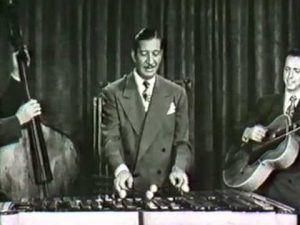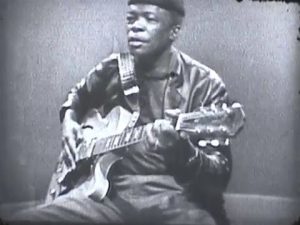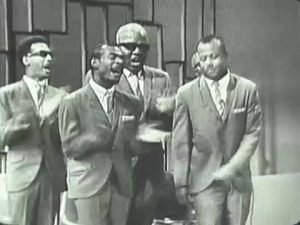The mid-1940s found Louis Jordan to be one of the most popular black entertainers in America. Berle Adams, his manager, related to me that he was a huge “one night draw,” with a sold-out house pretty much guaranteed. Many ballroom operators, planning their season, would not book other bands “because, “claimed Adams, “I don’t have my Louis Jordan date yet.” Only one location, Kansas City’s Pendergast Memorial Auditorium, got the band for more than one night a year, this because the auditorium had both air conditioning (for a July 4 performance) and indoor heating (for a Thanksgiving appearance).
Such was Jordan’s popularity that a draw in the thousands was not uncommon. And such was the power of the band’s performance that when a booking error led to both Jordan and Lionel Hampton’s band being scheduled at the same time in Kansas City, a “battle of the bands” was quickly arranged. One week later, Hampton, back in New York spoke with Jack Kapp of Decca Records. Adams paraphrased his comments as follows: “Mr. Kapp, I just had a band battle in Kansas City with Louis Jordan. Joe Glaser [Hampton’s manager] had me go on first. I finished with “Flying Home,” and we played for ten minutes or so, with the screaming brass and Illinois Jacquet blowing higher and higher. Then Louis Jordan walked out, just him and the rhythm section — no brass — sang a blues and cut my ass.”
In the 1940s Jordan was featured in a handful of SOUNDIES, a two reel short subject, and three black cast features …. this in addition to short musical appearances in three major studio productions. The first of his starring feature roles is BEWARE (Astor Pictures, 1946), named after a Jordan hit recording from January 1946. If sexist — although not misogynistic, as some have claimed — it is certainly funny, and in the manner that Jordan talks rhythmically throughout, all behind a rhythm vamp, it is clearly a precursor to today’s rap music.



